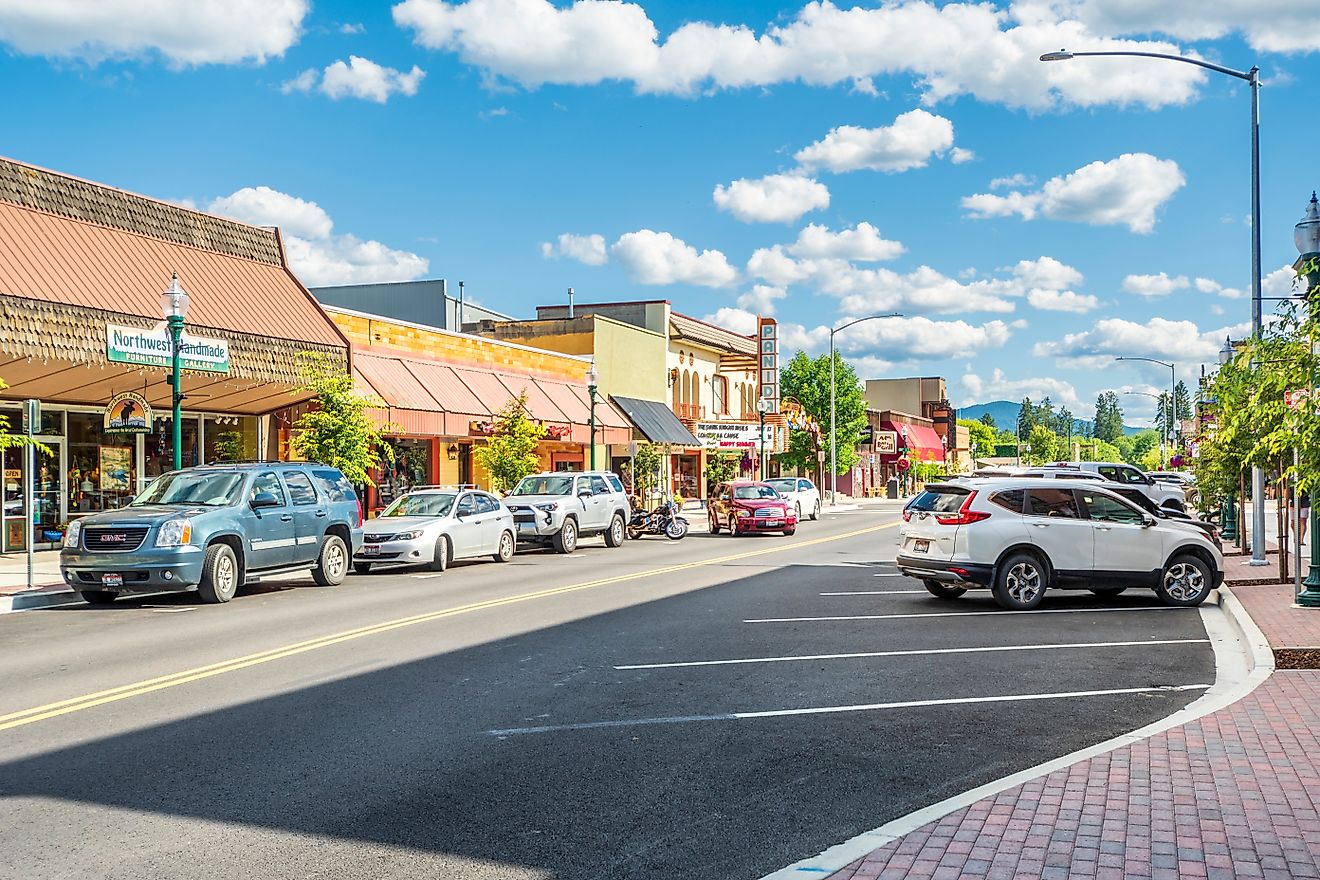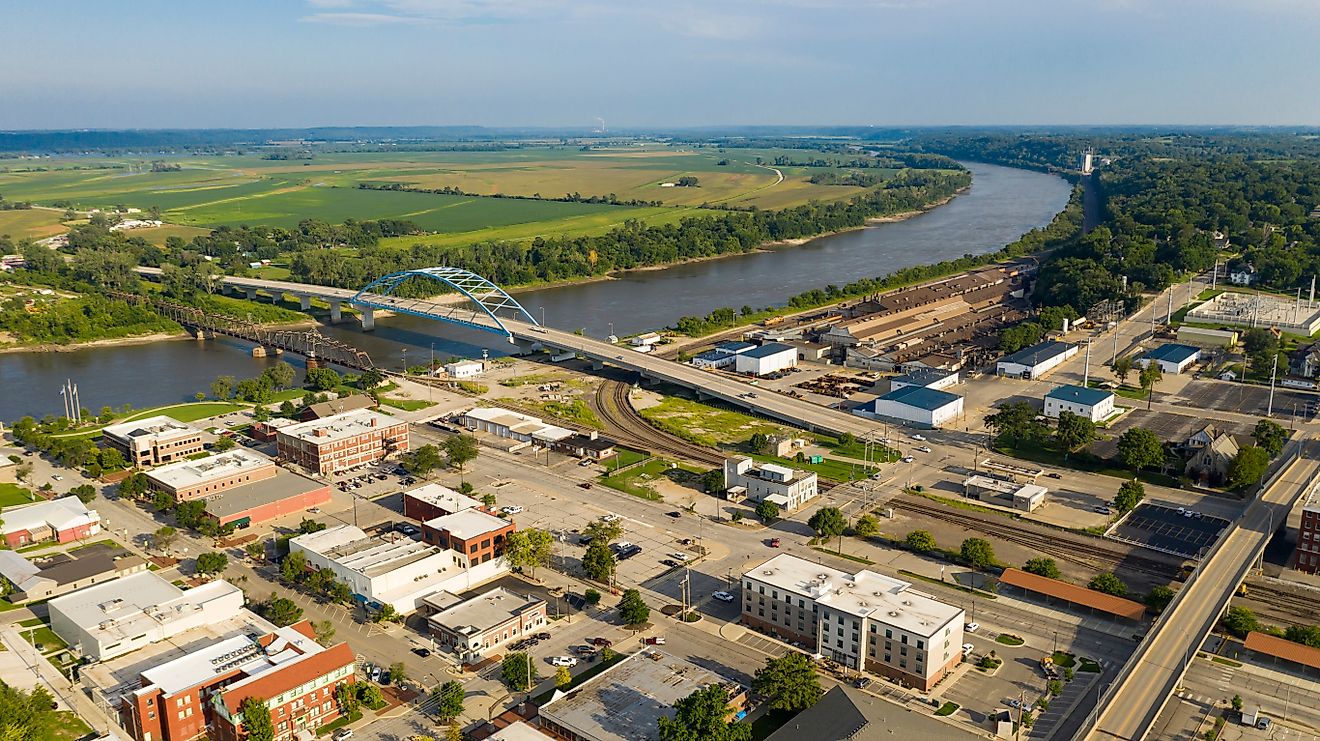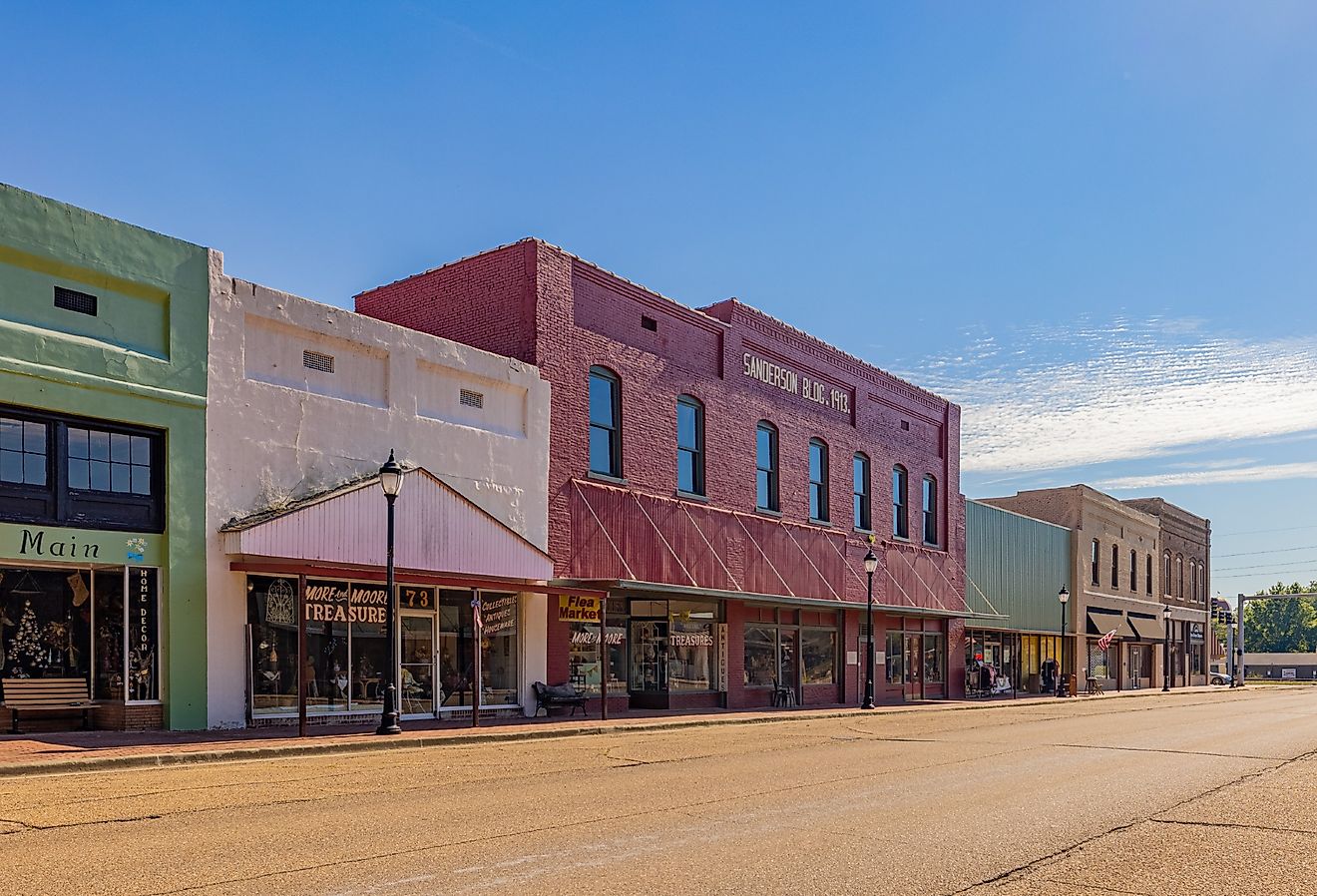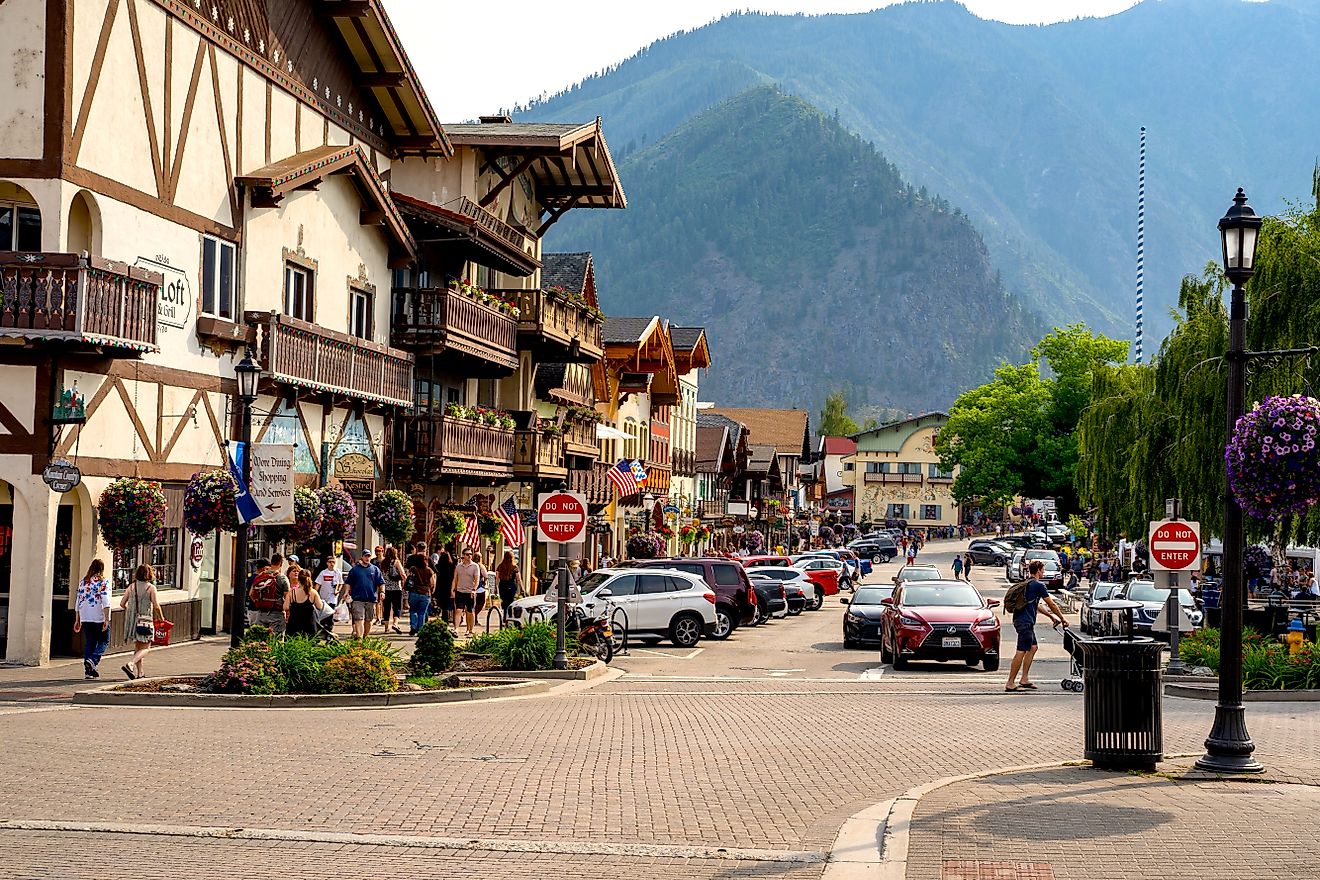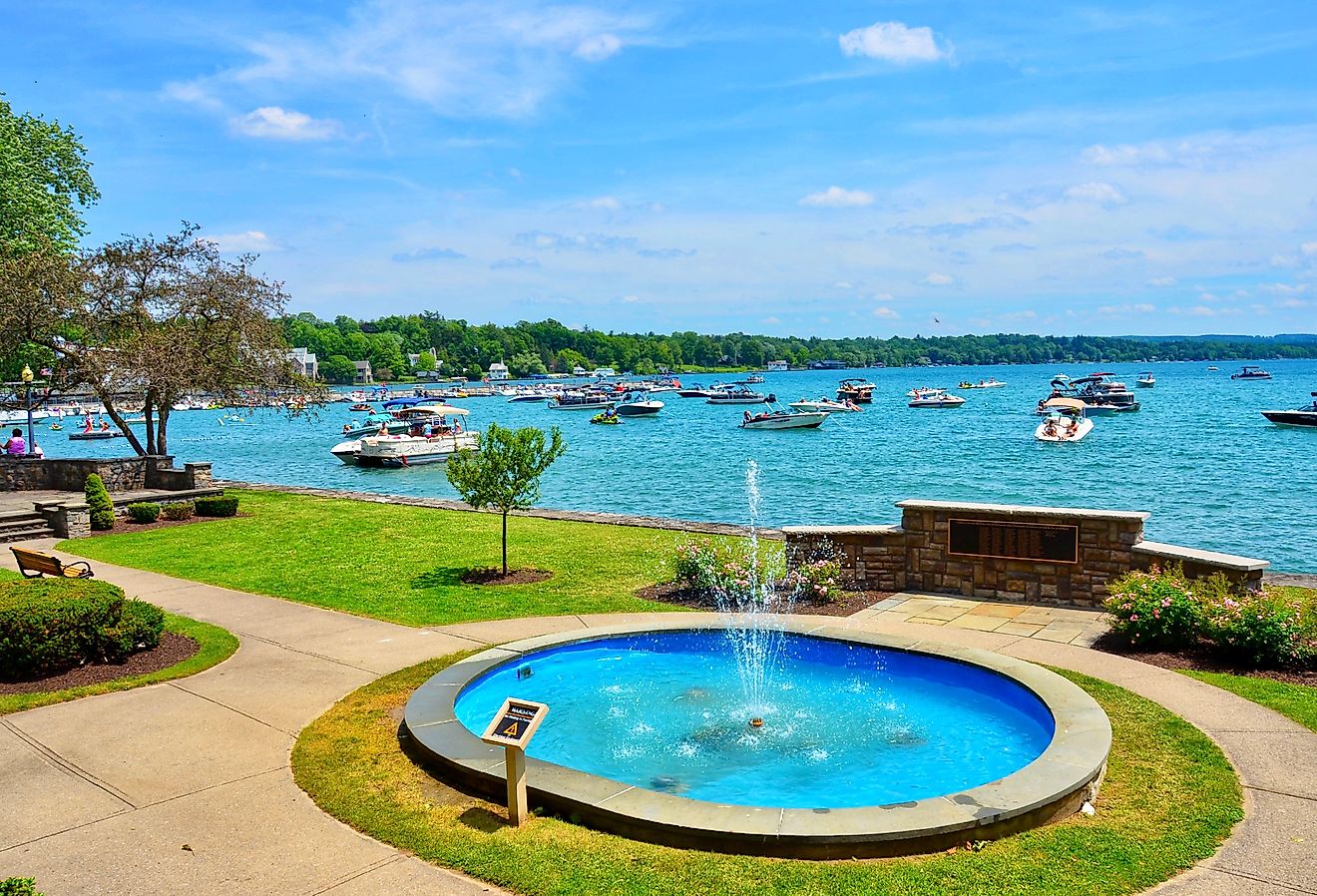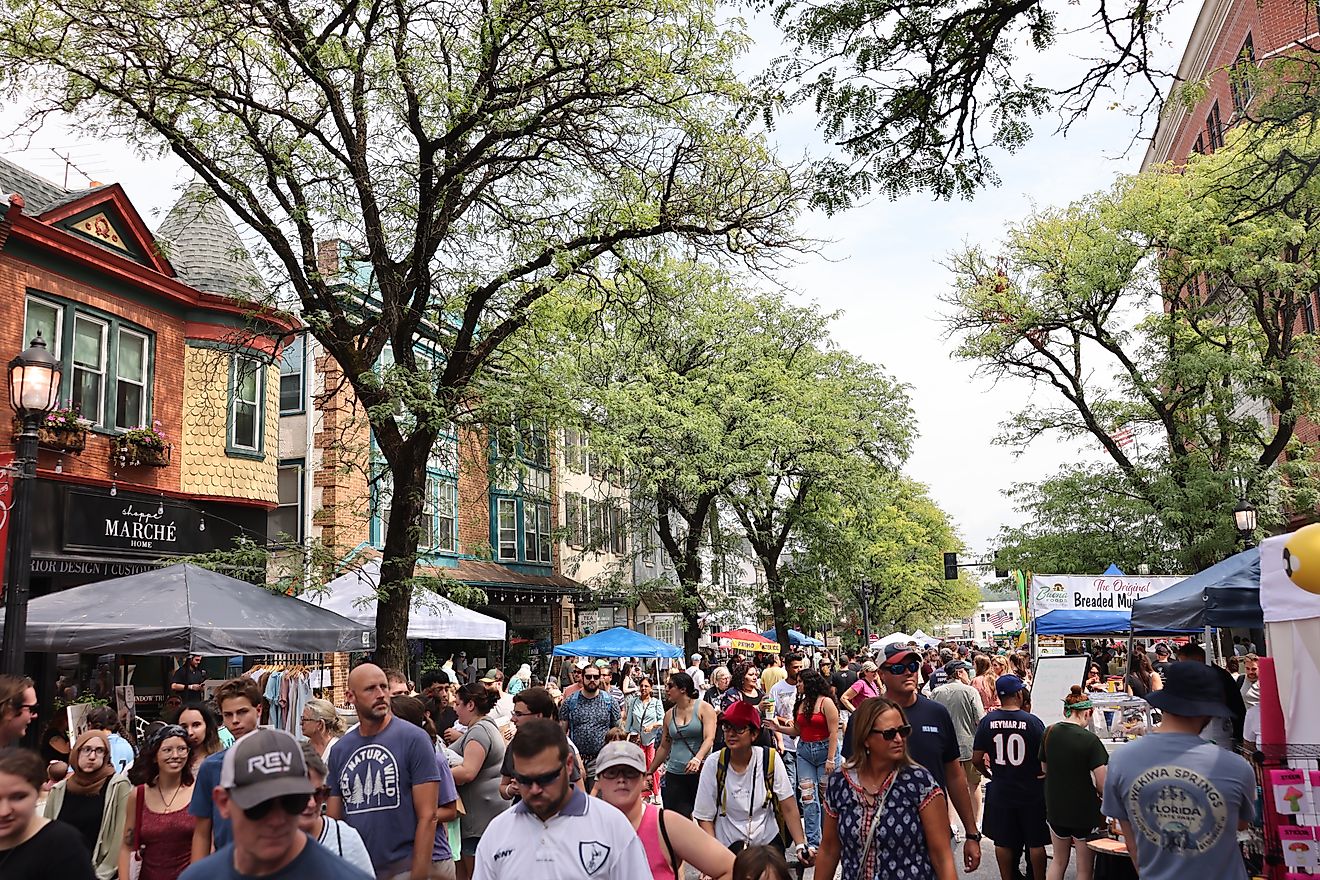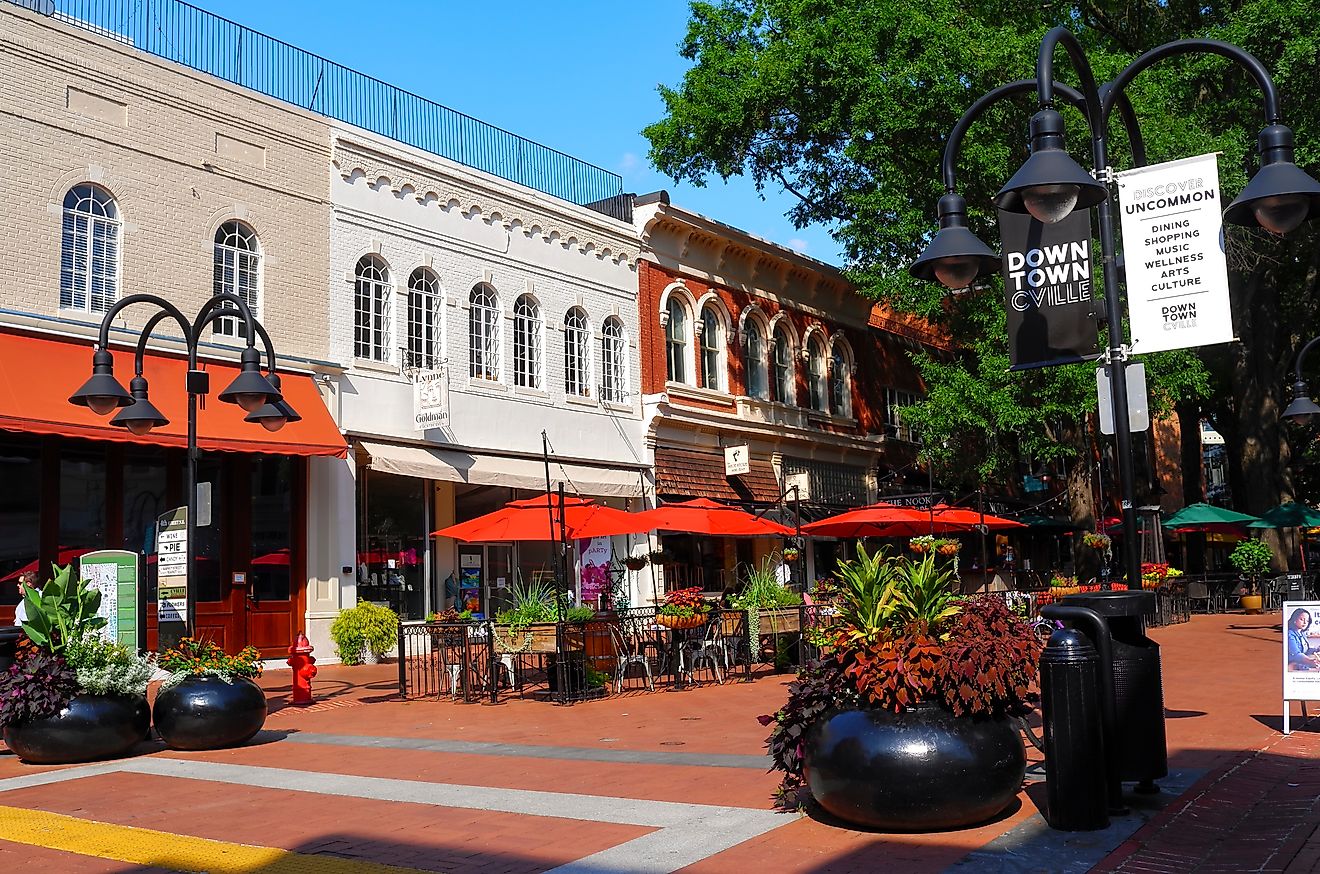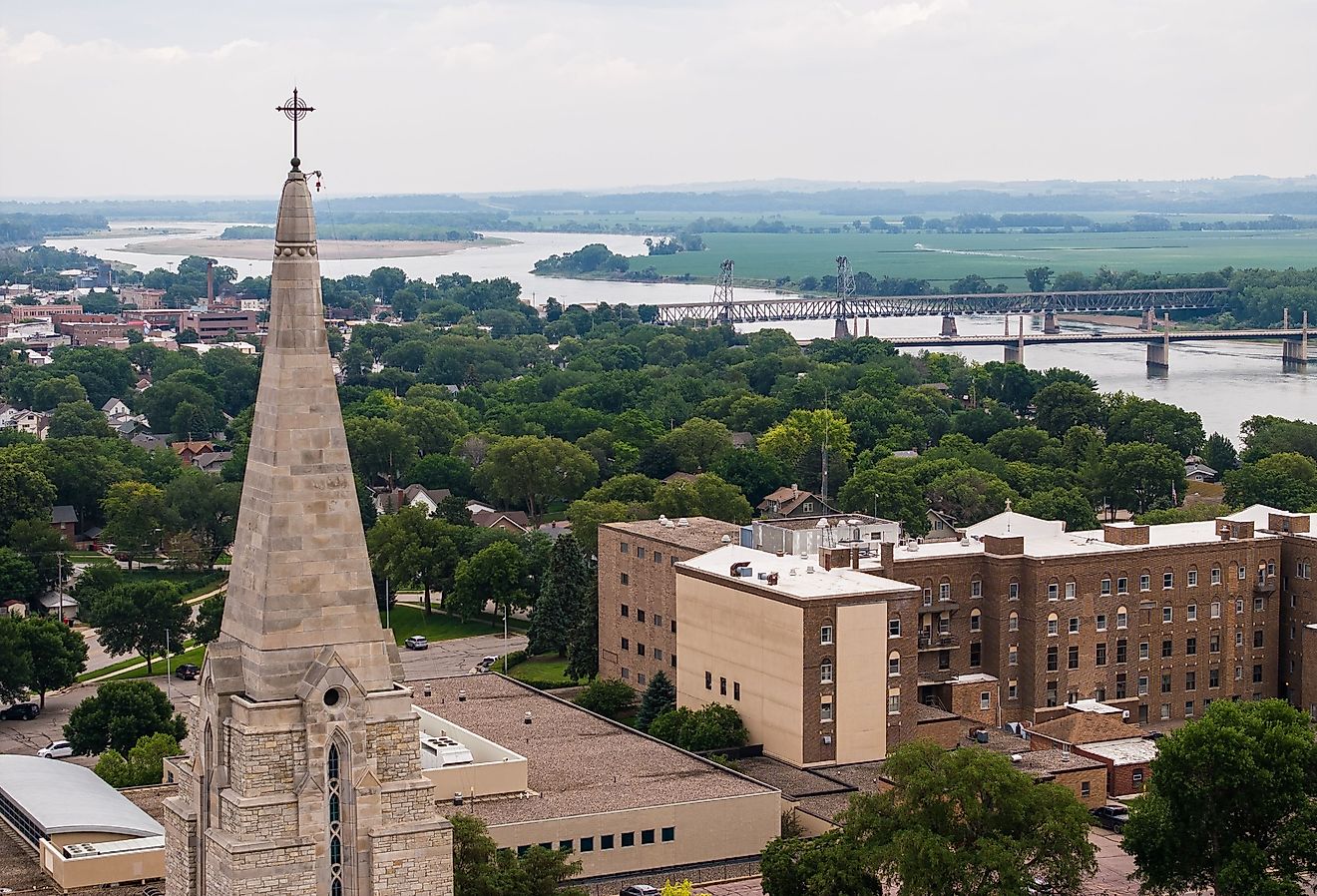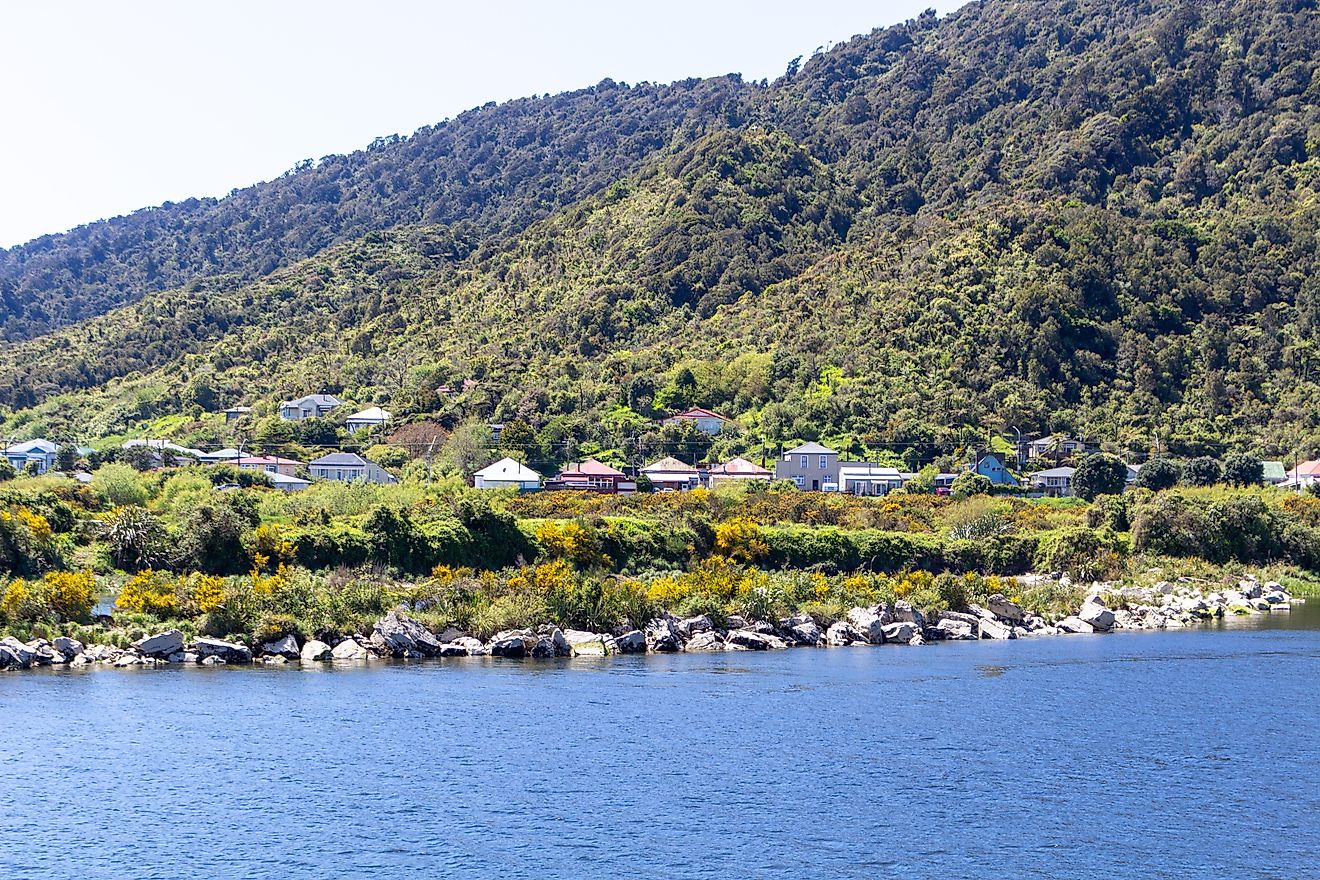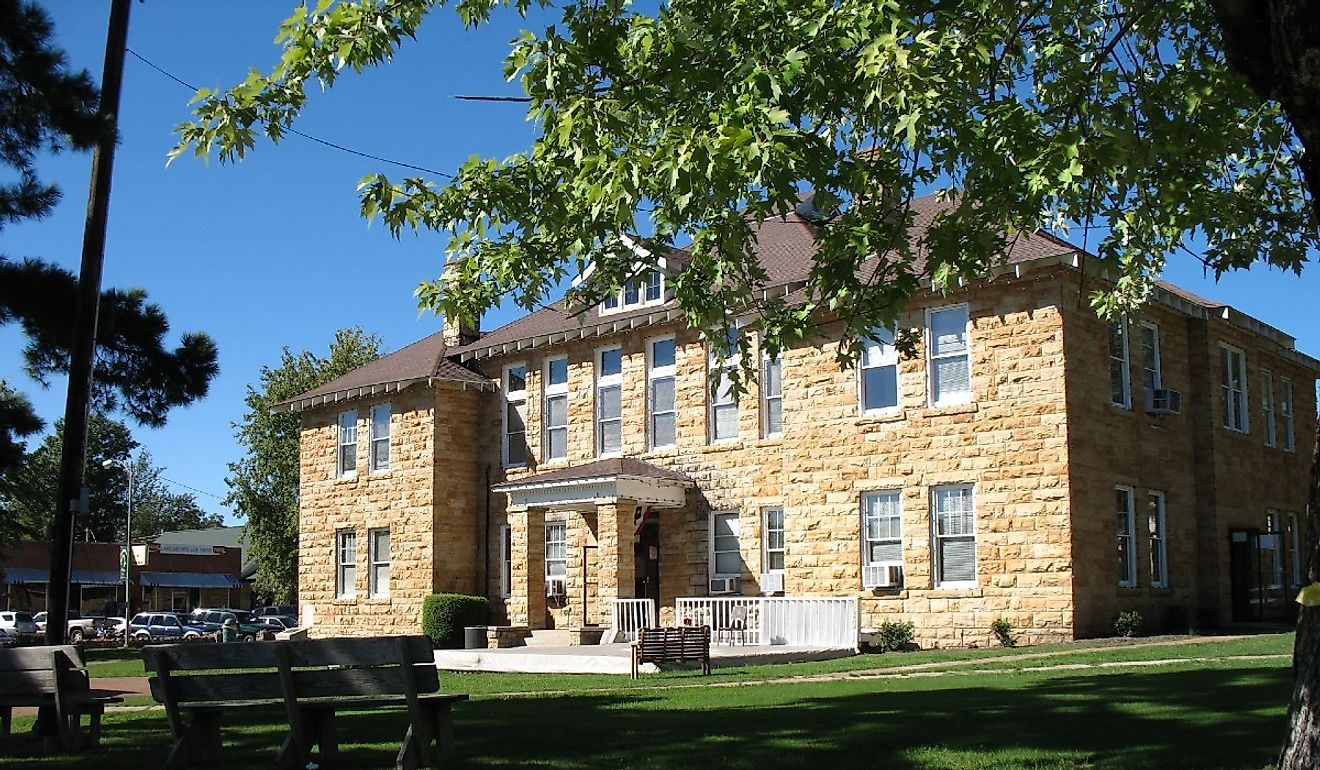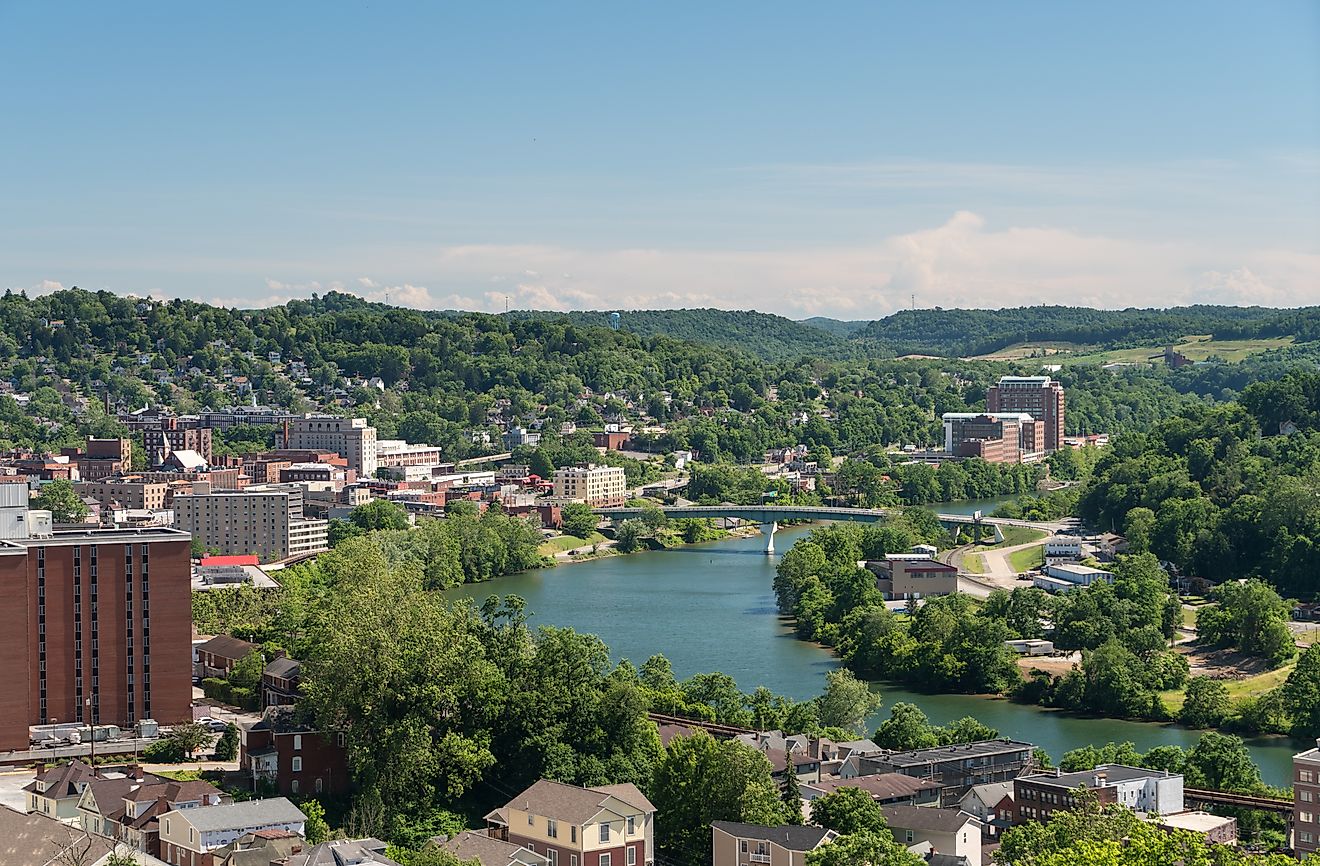
Roanoke, Virginia
Roanoke is a prominent independent city situated in the Roanoke Valley of the Roanoke region in the US State of Virginia. A mountain community and innovation hub, Roanoke offers award-winning outdoor amenities, endless trails, charming neighborhoods, public art, the renowned Roanoke Star, museums, craft brewers, one-of-a-kind shops and restaurants, and historical sites. Roanoke's position as the commercial, cultural, and recreational center of a significant portion of Southwest Virginia has given it the moniker "Star City of the South." The recognizable Roanoke Star, which stands atop Mill Mountain and looks out over the entire region, is also given credit for the term.
Geography And Climate Of Roanoke

Roanoke covers a total area of 110.99 sq. km, of which 110.13 sq. km is occupied by land, and 0.86 sq. km is covered by water. Roanoke is placed in Virginia's Ridge and Valley Province, just to the east of the Allegheny Mountains and west of the Blue Ridge Mountains. Being the chief municipality of the Roanoke Metropolitan Statistical Area, Roanoke is the state's 8th most populous city and the state's largest city, which is situated 238km west of Richmond. The Roanoke River flows through the city, with many of its tributaries, including Mud Lick Creek, Tinker Creek, and Peters Creek joining the river in the city.
According to the Köppen Climatic Classification, Roanoke, which is situated along the Blue Ridge Mountains at elevations above 270 m, is in the humid subtropical climate zone, which has four distinct but often moderate seasons, with warm and humid summers and cold and snowy winters. The average annual temperature ranges from 30°F to 87°F, rarely falling below 16°F or rising above 94°F. The year's warmest month is July, having an average daily high temperature of more than 79°F. Having an average temperature of less than 54°F, January is the year's coldest month. On average, Roanoke receives 42 inches of rain and 15 inches of snow yearly.
Brief History Of Roanoke

The City of Roanoke's history dates back to the 1740s when the city was known as the "Capital of the Blue Ridge." Originally settled around 1740, it flourished after 1882 when it served as a junction for the Norfolk and Western and Shenandoah Valley Railroads, providing a route for coal reserves in West Virginia and Virginia. Big Lick, founded in 1874, was renamed Roanoke in honor of the Indian word for shell money or a nearby salt marsh. It was incorporated as the town of Roanoke in 1882, and the independent city of Roanoke was founded in 1884.
Through the middle of the 20th century, annexations commonly resulted in municipal growth. In 1976, there occurred the final annexation. Roanoke's position in the Blue Ridge Mountains, amid the Roanoke Valley between Maryland and Tennessee, made it the center of western Virginia's transportation system and aided the city's quick expansion. Roanoke is now regarded as a center for commerce, transportation, manufacturing, and various services and attractions. Due to the numerous celebrations held here year-round, it is often referred to as the "Festival City."
The Population And Economy Of Roanoke

Roanoke is the 326th largest city in the United States and has 100,011 residents, as per the latest US Census. Roanoke's population has grown by 0.60% and is now expanding at a pace of 0.30% annually. White (non-Hispanic) (58.1%), Black or African American (non-Hispanic) (28.6%), White (Hispanic) (3.42%), Two+ (non-Hispanic) (3.29%), and Asian (non-Hispanic) (3.24%) make up the top five ethnic groups in Roanoke. The poverty rate of Roanoke is 20.10%, with an average household income of $60,914. The median price of a home is $134,900. The median age is 38.5 years, with 37.4 years for men and 39.7 years for women.
The Roanoke Region has a broad economy, strong market access, the resources and infrastructure to draw a variety of sectors, a low cost of living and conducting business, and unrivaled outdoor facilities. The city's proximity to the beautiful Skyline Drive and Blue Ridge Parkway, as well as the extension of truck lines, have kept the economy strong. Railroad cars, metal and steel items, electrical equipment, textiles, chemicals, and furniture are currently manufactured. Many companies have headquarters here, including Advance Auto Parts and Carillion Health Center. The suburbs surrounding the city are still expanding, and current projections and the most recent census indicate that Roanoke's population is once again on the rise.
Attractions In And Around Roanoke
Taubman Museum Of Art

A prominent attraction in the heart of Roanoke is the Taubman Museum of Art. The museum building is a prominent element of the city skyline, and its strikingly contemporary façade, constructed in 2005, is a destination in and of itself for visitors to Roanoke. The museum's collection of artworks is dominated by American artists, including a sizable number of pieces from West Virginia and the Appalachian region. The museum offers a number of family-friendly activities, workshops, and events throughout the year.
Mill Mountain Park And The Roanoke Star

Visitors can experience the area's year-round natural beauty on more than 10 miles of multi-use trails in the 568-acre Mill Mountain Park, which is also the location of the renowned Roanoke Star. Take the Mill Mountain Star Trail, a 3.5-mile round-trip climb from the base trail, to reach Mill Mountain's top, the city's highest point at 1,703 feet, for a moderately difficult hike. Atop the mountain, hikers are rewarded with two gorgeous views. The National Register of Historic Landmarks now recognizes this landmark, which the neighborhood merchant's association constructed in 1949 as a transient Christmas decoration. The gigantic star is the biggest in America, at 89 feet tall. It is visible from up to 60 miles away and is illuminated every evening till midnight.
Blue Ridge Parkway

The Blue Ridge Parkway is a long route that winds through breathtaking mountain scenery from North Carolina to Virginia. It is one of the country's most scenic drives. The Blue Ridge Parkway is only ten minutes drive from Downtown Roanoke, and there are several places for hikers to rest and gorgeous overlooks where they can pause for pictures. Along the Blue Ridge Parkway, there are many wonderful hiking routes of all lengths and levels of difficulty. Amazing waterfalls and breathtaking views can also be found.
Carvins Cove Natural Reserve
With more than 60 miles of trails encircling an 800-acre reservoir, Carvins Cove Natural Reserve is renowned as a haven for off-road mountain riding. The reserve, which is the second-largest municipal park in the country, spans about 12,700 acres, and is managed by Roanoke Parks and Recreation, and Western Virginia Water Authority.
Smith Mountain Lake

The Smith Mountain Lake, one of Virginia's most well-known lakes and the state's largest, has earned the rightful title of the Jewel of the Blue Ridge Mountains. Locals refer to it as "SML," and state fisheries maintain a healthy striped bass population in the lake. Along with stripers, lake visitors can catch crappies, bluegills, largemouth bass, or smallmouth bass—all tasty species that make freshwater fishing at SML a popular tourist activity. Jet skiing, boating, sailing, and water skiing are some of the other enjoyable activities you may do on the lake. In addition, there are several golf courses close by and a swimming beach that is suitable for families.
